The Sacred Valley, a place of deep significance in Peru, is a treasure trove of history, culture, and natural beauty. Nestled amidst the Andes Mountains, this valley served as the heart of the Inca Empire, brimming with ancient ruins, charming villages, and thriving markets. Visitors are drawn to the Sacred Valley for its blend of heritage and the stunning landscapes that surround it.
Many travelers explore the Sacred Valley as part of a longer journey through Peru, and our Peru itinerary guide shows how to combine it with Cusco and other highlights. In this article, we’ll cover the main attractions in the valley and provide tips on how to visit the Sacred Valley by yourself. For more details on the city itself, including the best places to stay and eat, see our full Cusco guide.
How to visit the Sacred Valley by yourself
The easiest way to visit the Sacred Valley is to book a tour in Cusco or hire a private driver to take you around the valley. If you only have one day to explore or don’t mind visiting multiple places in one day, this is the best option for you.
However, if you have 2 or 3 days to spend, the most fun and affordable way to visit the valley is by public transport. The valley is well-connected by a network of colectivos (shared vans) that link the rural towns, making it easy to explore at your own pace. Colectivos don’t have strict timetables but leave when full, adding an element of spontaneity to your journey.
First of all, if you are doing this self-guided, download the app Maps.me. This app is always a good choice, but is a must for the Sacred Valley. It has the colectivo spots well marked, and even the trails are pretty accurate. Check out our guide on useful travel apps as well to make the most of your trip.
Cusco – Maras – Moray – Ollantayambo
Take an early colectivo to Urubamba from Cusco for about €2 each and ask the driver to drop you off at Maras. You will get dropped off on the highway, where several drivers are waiting to pick up people. You can hire a taxi to take you to the salt mines of Maras, Moray, and to Ollantaytambo. Expect to pay around €15 for the driver, who will wait for you when you visit the salt mines and Moray.
Ollantayambo – Pisac
Visit the ruins of Ollantaytambo in the morning (if you haven’t done so already) and take a colectivo in front of the main market to Urubamba for less than €1 each. Once you arrive, ask for a colectivo to Pisac and you will find a colectivo to Calca for another €1. In Calca, you have to switch to another colectivo at the same station for, you guessed it right, another €1. Since the transfers are at the same station, these are hassle-free and you will be on your way fast enough.
From the colectivo station in Pisac, you can get a taxi up to the Pisac ruins for €15 return or take a one-way taxi and hike back in 3 to 4 hours. From the colectivo station in Pisac, you can take a colectivo back to Cusco for another few Soles. You can also choose to go back to Ollantaytambo and take a train to Machu Picchu from there.
Tickets for the Sacred Valley
To visit the Sacred Valley, you can buy a Boleto Turistico. This ticket provides access to multiple archaeological sites, museums, and attractions in and around Cusco, including the Sacred Valley. It’s a cost-effective way to explore various places of historical and cultural significance. The price in 2023 was S/.130 per person, and actual prices can be found on the website. The tickets can be bought at the places mentioned in the map below, apart from #2 and #6. Be aware that you have to show your passport or ID to buy the ticket and to enter the sites.
A visit to the salt mines is not included in your Boleto Turistico and will cost you another S/.10 (~€3) per person.
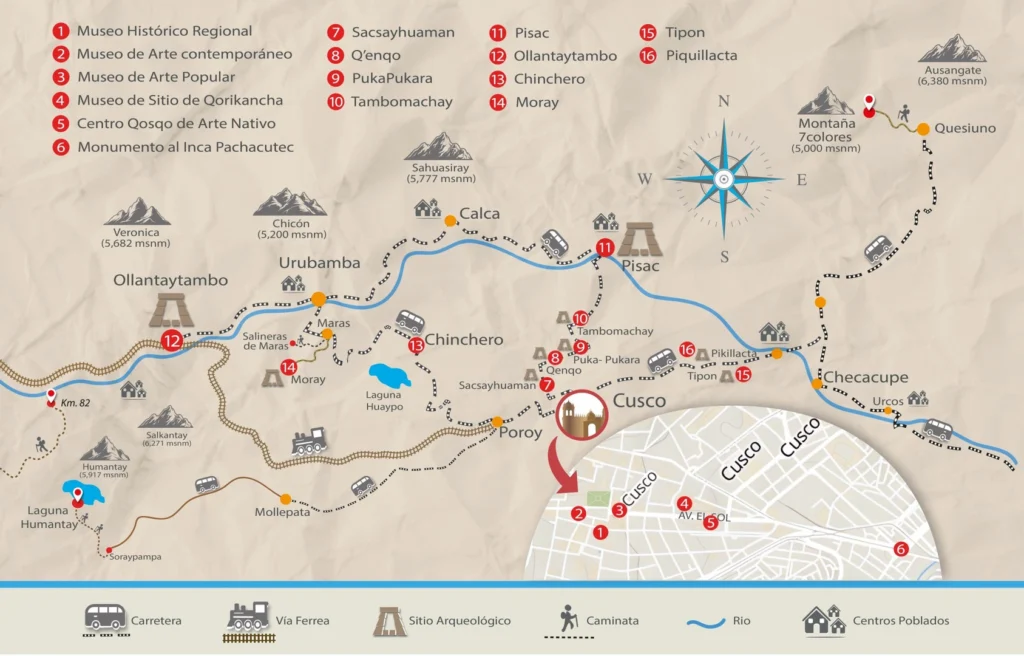
Sacred Valley’s main attractions
Chinchero
When you visit Chinchero with the Boleto Turistico, you’ll have the opportunity to explore the archaeological site, the colonial church, and the local market. The site offers insights into Inca history, and the market is a fantastic place to shop for traditional textiles and crafts. It’s a great way to experience both the cultural and historical aspects of Chinchero as part of your journey through the Sacred Valley.
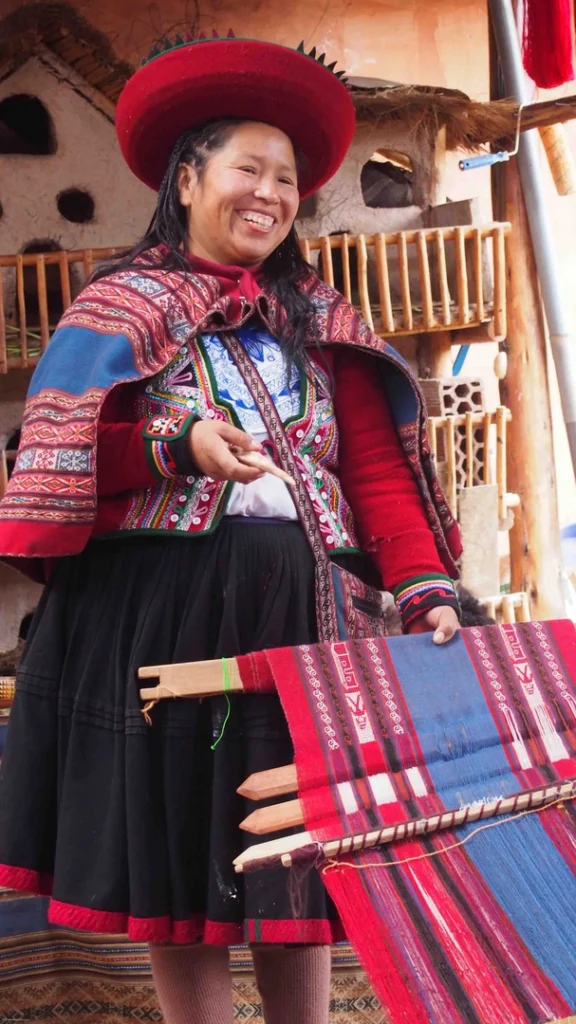
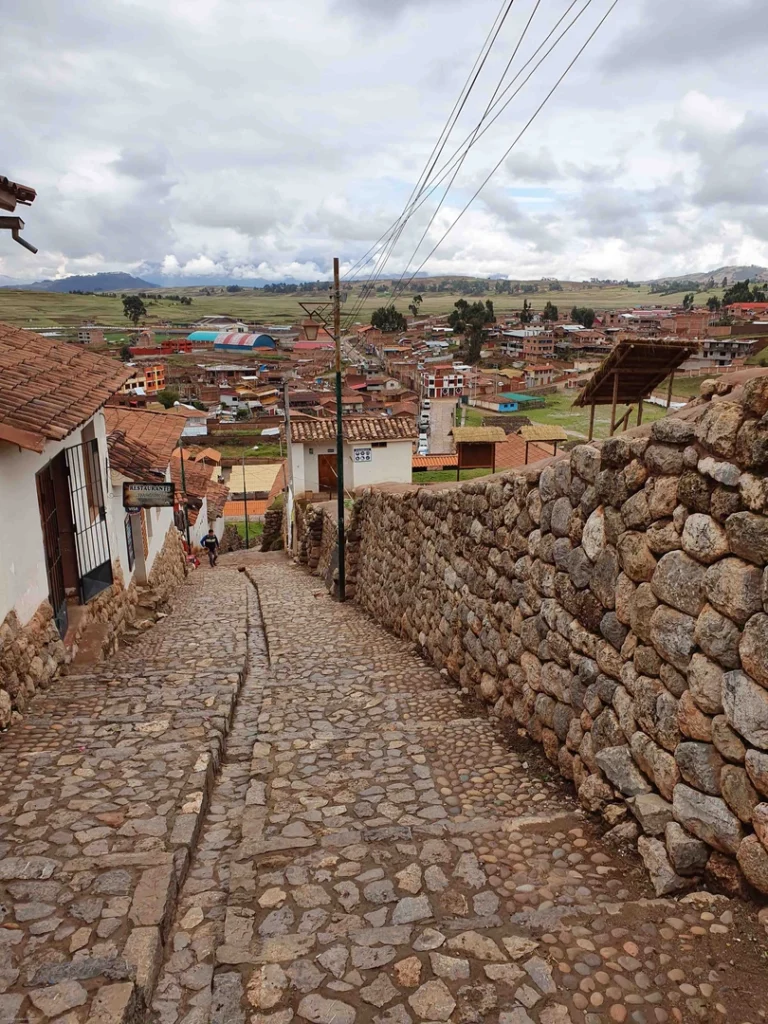
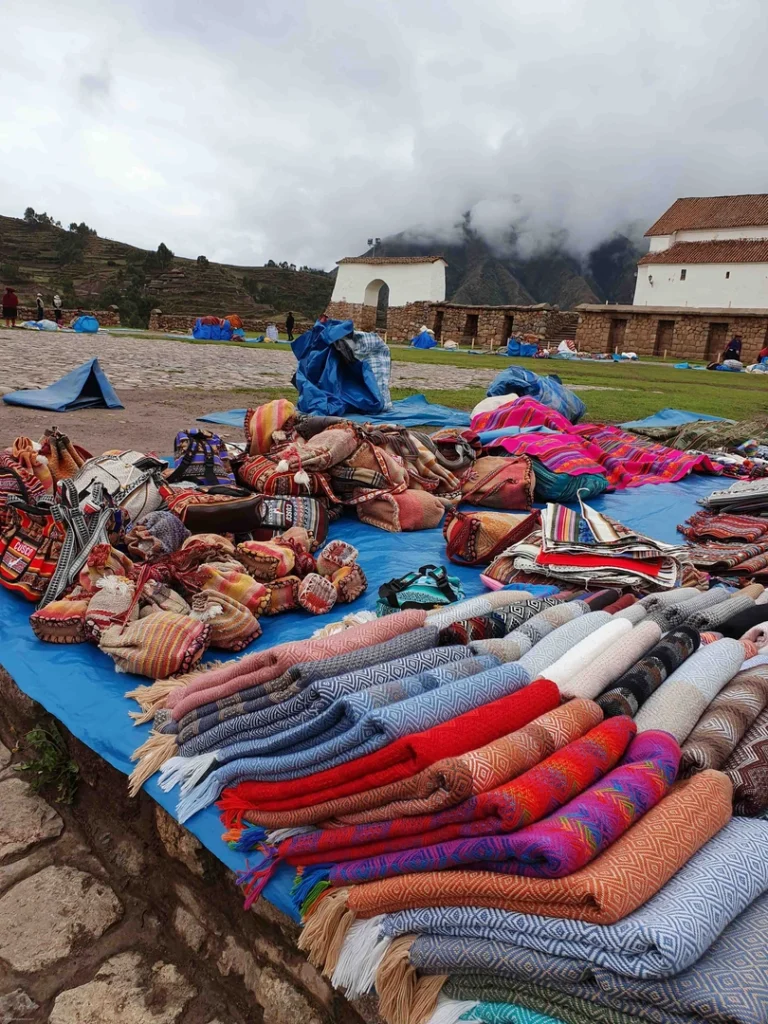
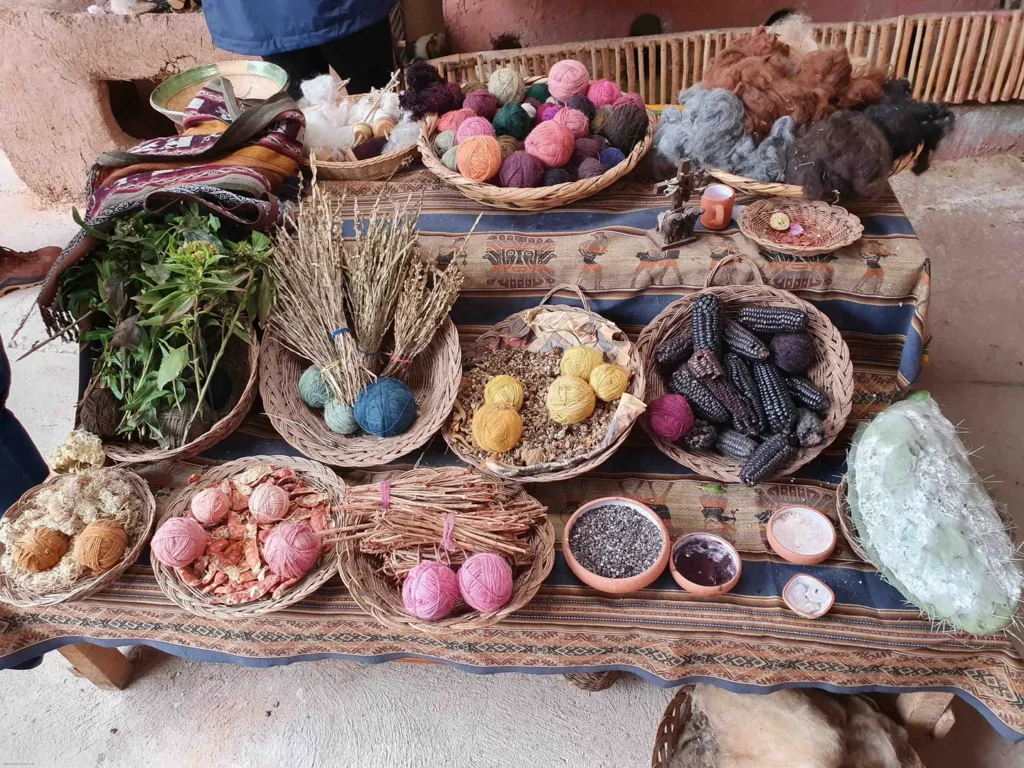
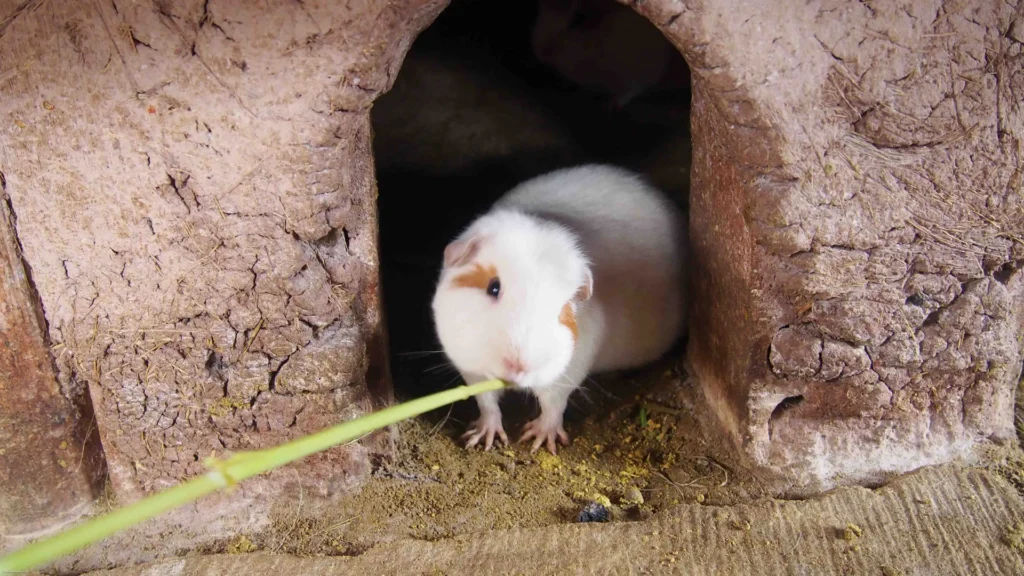
Salinas de Maras
The Salinas de Maras, or Maras Salt Mines, is a unique and fascinating site in the Sacred Valley of Peru. These ancient salt pans have been in use for centuries, dating back to pre-Inca times. The intricate system of salt evaporation pools carved into the mountainside is a remarkable sight to behold, with the brilliant white salt contrasting against the rugged Andean landscape.
While the Salinas de Maras remain a captivating destination, recent years have seen restrictions to preserve the site. Visitors can still enjoy breathtaking views and observe the salt collection process from designated viewpoints and pathways.
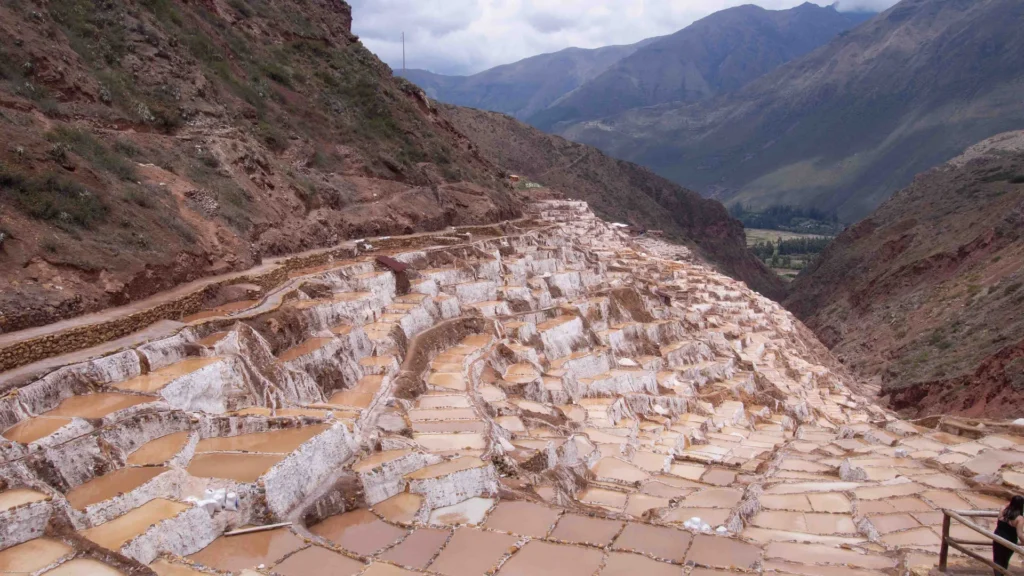

Moray
Moray is a site that stands as a testament to the incredible agricultural ingenuity of the Inca civilization. This archaeological wonder consists of several enormous, concentric terraces that resemble a series of amphitheaters carved into the earth.
What makes Moray so intriguing is its purpose. The Incas used these terraces as an experimental agricultural laboratory. The varying temperatures at each level and the unique microclimates created by the terraces allowed the Incas to cultivate a wide array of crops. It’s believed that Moray played a pivotal role in the development of the Inca Empire’s agricultural techniques.
As you explore Moray, you’ll notice that each terrace’s depth creates a different microclimate, with the bottom terrace being significantly warmer than the top. This ingenious design enabled the Incas to simulate various environmental conditions, making Moray an ancient agricultural research station. The site offers a fascinating glimpse into the sophisticated farming practices and environmental knowledge of the Inca civilization, underscoring their ability to adapt and thrive in diverse conditions.
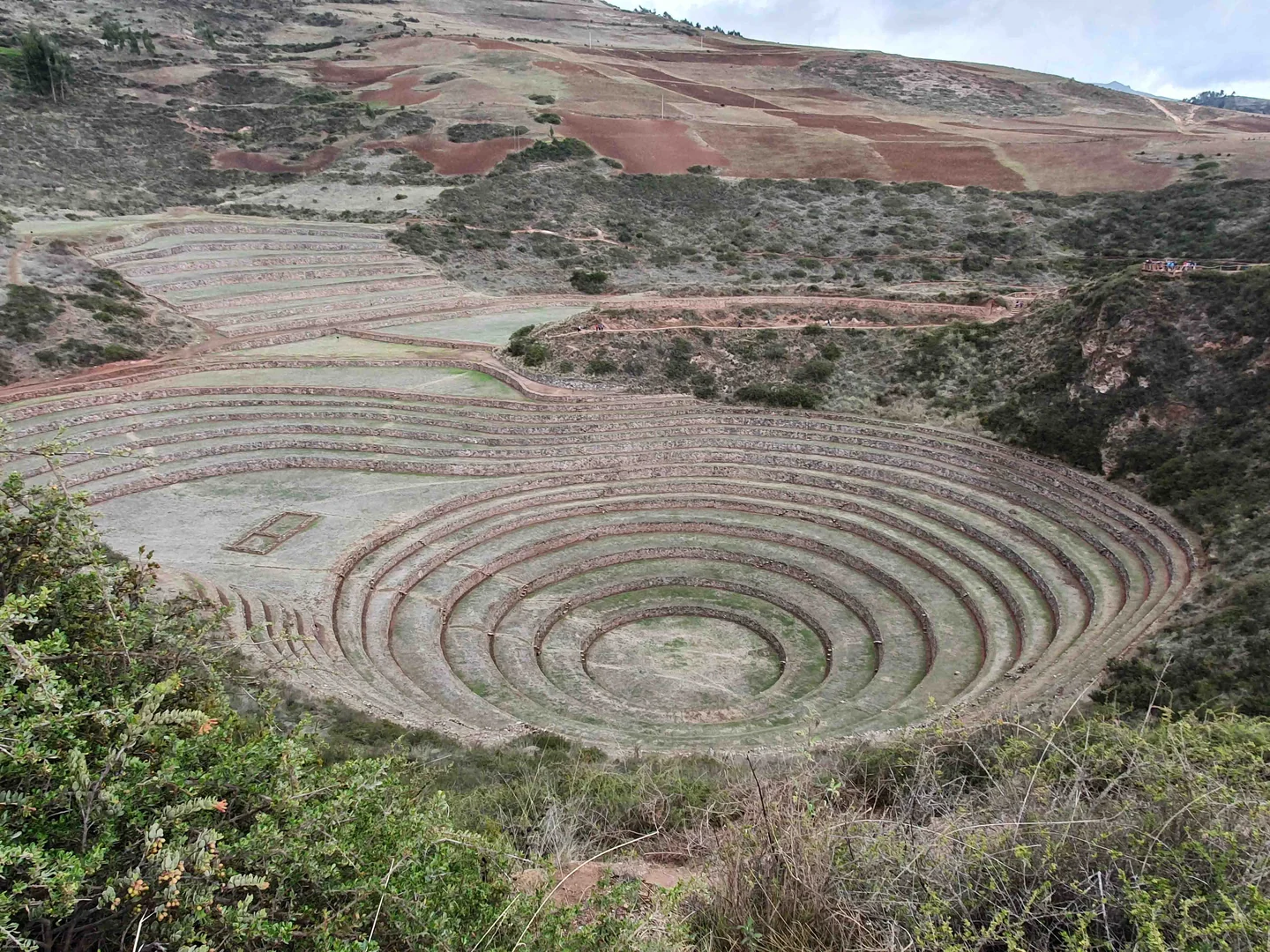
Ollantayambo
Ollantaytambo, or Ollanta, is a historic town in Peru’s Sacred Valley. Famous for its well-preserved Inca ruins, it is one of the few places where the Incas defeated the Spanish conquistadors. The town blends Inca and colonial architecture, with charming cobblestone streets that make it a delightful place to explore.
The highlight of Ollantaytambo is the formidable archaeological site that bears the town’s name. The massive stone terraces and intricate stonework showcase the Inca’s engineering expertise. Climbing to the top of the ruins provides not only a history lesson but also incredible views of the valley.
In addition to its historical significance, Ollantaytambo is one of the few places in Peru where the layout of the Inca town and its ancient stone buildings remain largely intact. This provides a unique opportunity to see Inca urban planning in action. The town’s narrow streets are lined with original Inca walls, and many of the town’s houses are built on Inca foundations.
Ollantaytambo is also known as the gateway to Machu Picchu. It’s a common starting point for the Inca Trail and the train to Aguas Calientes, the base for Machu Picchu excursions. The town offers a range of accommodations, eateries, and shops, making it a practical stop in the Sacred Valley.
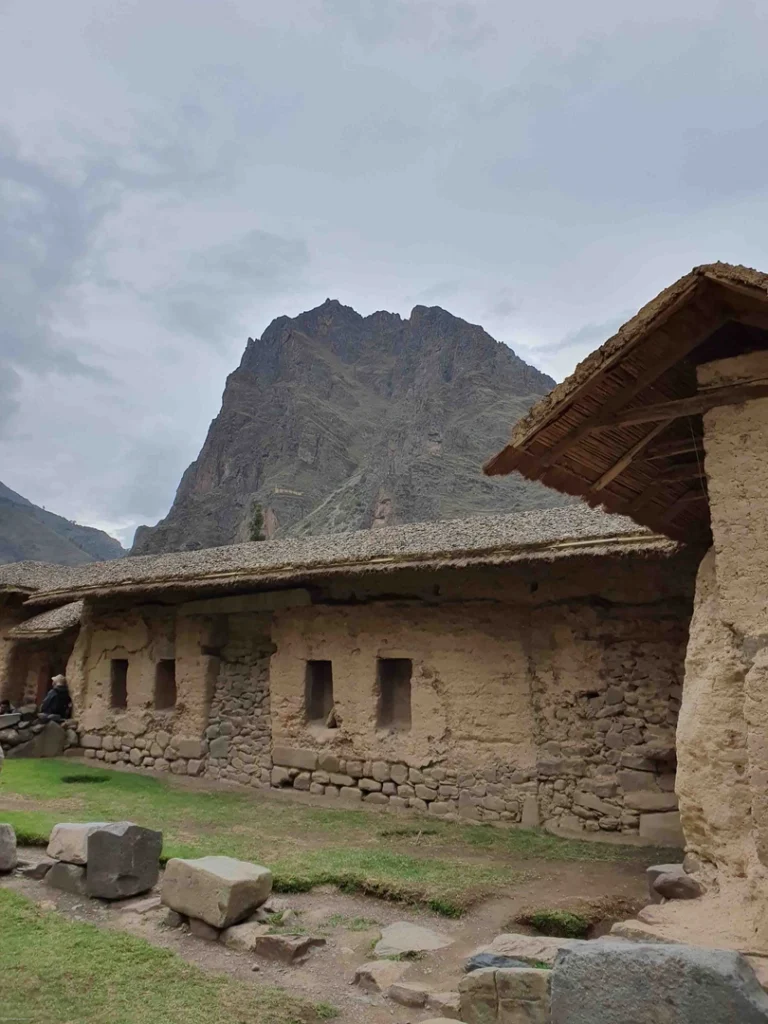
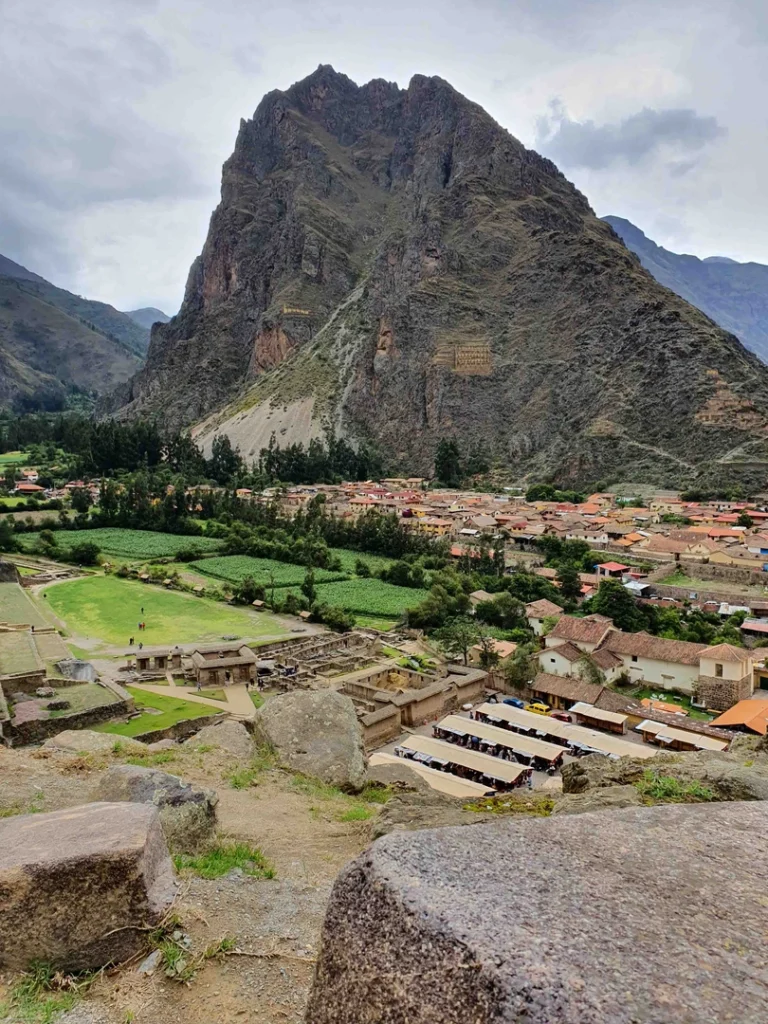
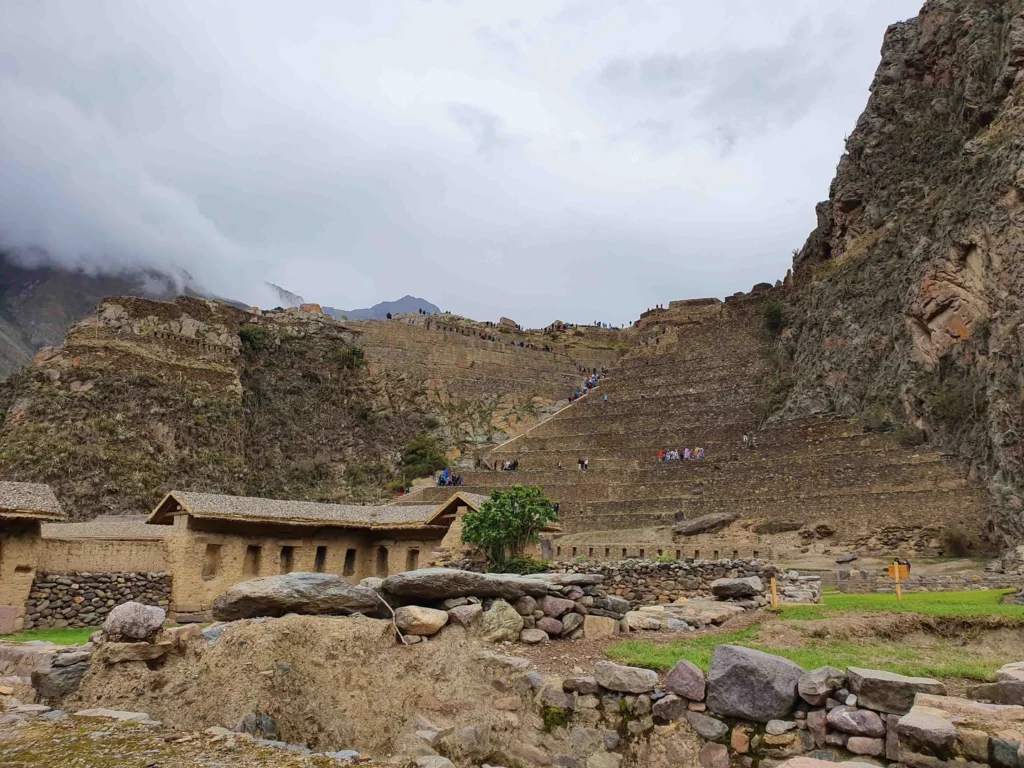
Pisac
The archaeological site of Pisac is a historical gem perched high on a hillside, offering breathtaking views of the surrounding landscape. The well-preserved terraces, temples, plazas, and intricate stonework serve as a testament to the Inca civilization’s architectural mastery. The Temple of the Sun is one of the main attractions, providing insight into the Incas’ reverence for celestial elements. Pisac’s blend of historical significance and natural beauty makes it a captivating destination for history enthusiasts and hikers alike.
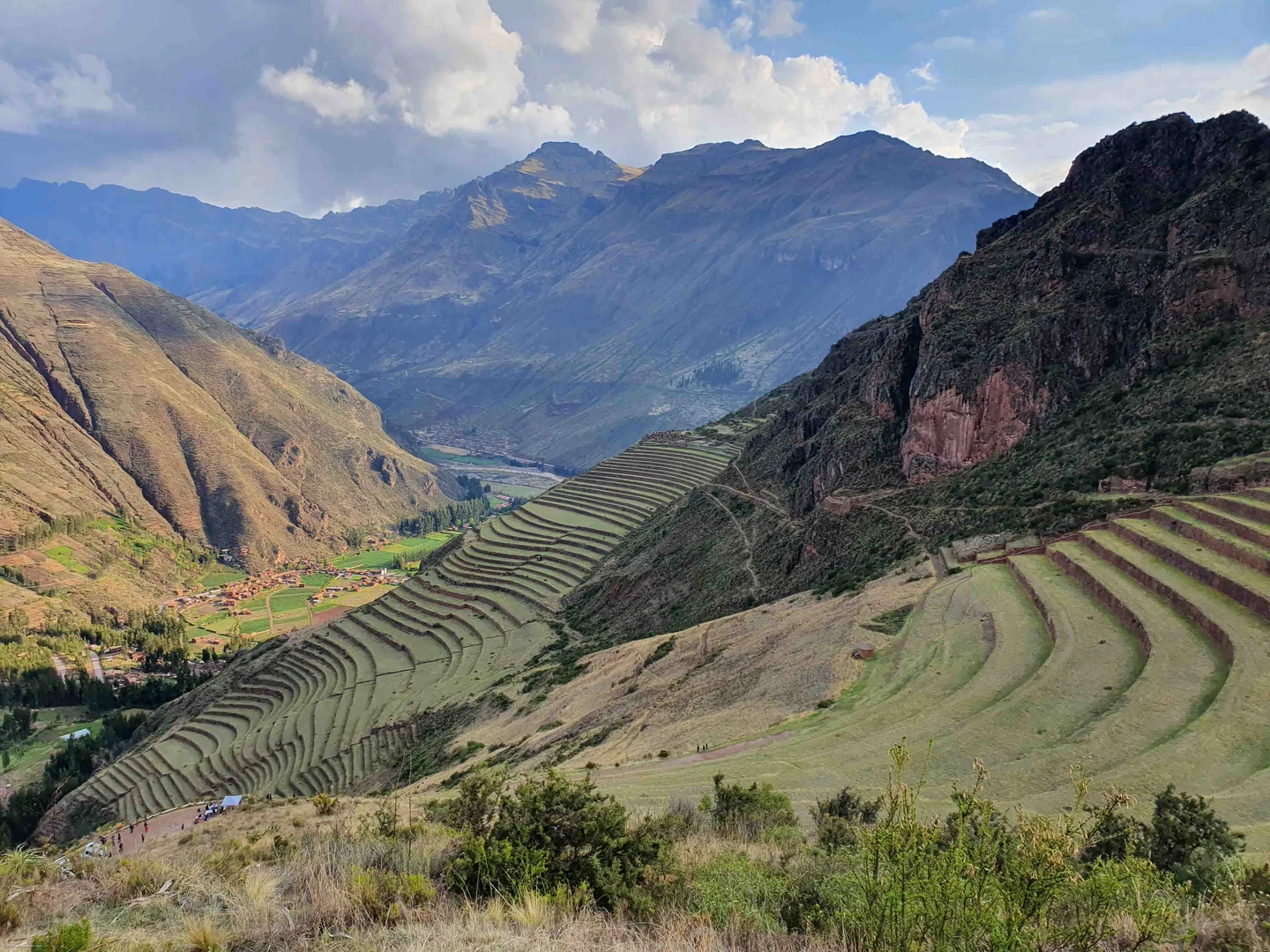
For more detailed information on exploring Cusco and its surrounding areas, don’t miss our full Cusco guide. In this guide we share our favorite dining spots, accommodations, and additional tips for making the most of your visit.
Help us by supporting our blog
We want to give you honest reviews and keep this blog free. Therefore we added some affiliate links that might give us a commission at no additional cost to you. Support our blog by booking through our partners.


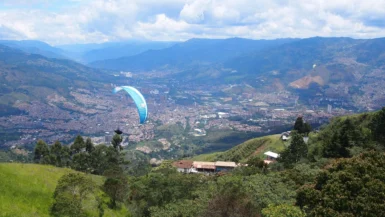
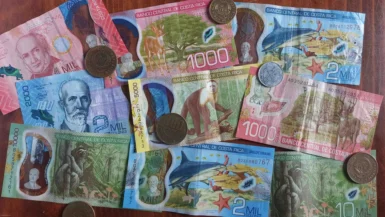
Leave a reply